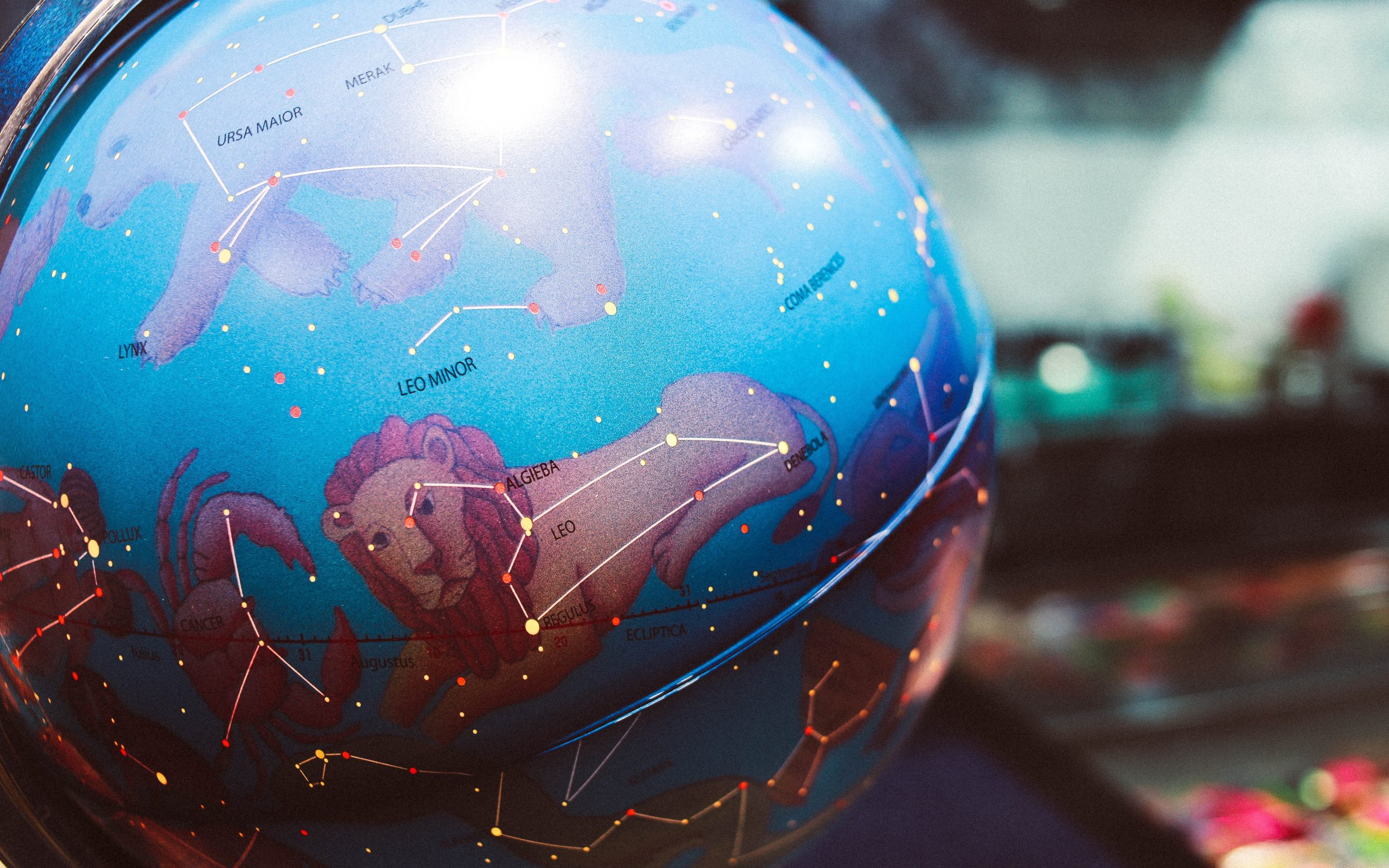Understanding Waxing Gibbous: A Detailed Exploration of the Lunar Phase
When you gaze up at the night sky, you might notice that the Moon’s appearance changes from day to day. These fluctuations in its shape and illumination are known as lunar phases. One significant lunar phase worth examining is the waxing gibbous, which lies between the first quarter and full moon. In this blog post, we will delve into the intricacies of the waxing gibbous, exploring its definition, characteristics, and the underlying celestial mechanics that create this fascinating lunar phase.
Defining Waxing Gibbous
Before we dive into the details, let’s define what exactly a waxing gibbous is. In simple terms, it refers to the stage in which the illuminated portion of the Moon is greater than half, but not yet fully illuminated. During this phase, the Moon appears as a large, almost circular disk with a small portion of darkness on one side.
The waxing gibbous phase occurs after the first quarter moon and before the full moon. It marks the gradual progression from a half-illuminated Moon to a fully illuminated one. Observing the waxing gibbous can be an awe-inspiring experience, as we witness the Moon’s transformation and anticipate the approaching full moon.
The Characteristics of Waxing Gibbous
The waxing gibbous phase possesses several distinct characteristics that set it apart from other lunar phases. Here are the key features of this captivating stage:
- Shape: During the waxing gibbous phase, the Moon appears as a slightly curved disk. The illuminated portion encompasses more than half of the lunar surface, extending from the first quarter moon towards the full moon.
- Size: The size of the Moon remains constant throughout the waxing gibbous phase. As it progresses towards the full moon, its apparent size doesn’t change significantly, unlike during the waxing crescent phase.
- Visibility: Waxing gibbous moons are visible for most of the night, rising in the eastern sky during the late afternoon or early evening. They remain visible until sunrise, gradually shifting towards the western horizon as the night progresses.
- Illumination: The illuminated portion of the waxing gibbous phase appears bright and radiant. Its increasing illumination serves as a visual marker of the Moon’s path towards the full moon.
- Features: When observing the waxing gibbous, you might notice a few prominent features on the lunar surface, such as large craters and dark regions known as maria. With the increasing illumination, these features become more apparent, creating a fascinating landscape for lunar observers.
The Celestial Mechanics behind Waxing Gibbous
To truly understand the waxing gibbous phase, we must delve into the celestial mechanics that govern the Moon’s changing appearance. Three primary factors contribute to the waxing gibbous phase: the Moon’s orbital position, the angle of sunlight, and the observer’s vantage point on Earth.
Firstly, the waxing gibbous phase occurs because of the Moon’s relative position in its orbit around the Earth. As the Moon moves away from the first quarter, it continues to orbit in the same direction, intercepting a growing portion of sunlight along the way.
Secondly, the angle at which sunlight strikes and reflects off the Moon’s surface plays a vital role in creating the waxing gibbous phase. As the Moon advances towards the full moon, more sunlight illuminates the lunar surface, causing it to appear brighter and more extensive.
Finally, the observer’s vantage point on Earth determines the visibility and orientation of the waxing gibbous phase. Depending on one’s location, the Moon’s position in the sky may vary, affecting the specific time of day and location it can be observed.
Interesting Facts about Waxing Gibbous
Here are a few intriguing facts that further enhance our understanding and appreciation of the waxing gibbous phase:
| Fact | Description |
|---|---|
| Lunar Gravity | The gravitational pull of the Moon during the waxing gibbous phase is noticeably stronger compared to other phases. |
| Names in Different Cultures | Various cultures have their traditional names for waxing gibbous, often inspired by regional traditions, folklore, or agricultural cycles. |
| Nearby Celestial Objects | During the waxing gibbous, the Moon might occasionally appear near other celestial objects, such as bright stars or planets. These conjunctions offer captivating astronomical sights. |
Conclusion
In conclusion, the waxing gibbous phase is an enchanting part of the lunar cycle, captivating sky gazers with its increasing illumination and recognizable shape. As we’ve explored in this detailed blog post, the waxing gibbous phase is defined as the stage when the Moon is more than half but not fully illuminated. Its distinct characteristics, such as shape, size, visibility, and increasing illumination, make it stand out among other lunar phases.
Understanding the celestial mechanics behind the waxing gibbous phase deepens our appreciation for this awe-inspiring lunar occurrence. As we gaze up at the night sky and witness the gradual transformation of the Moon towards the full moon, we can marvel at the wonders of our celestial neighbor.
Table of Contents
